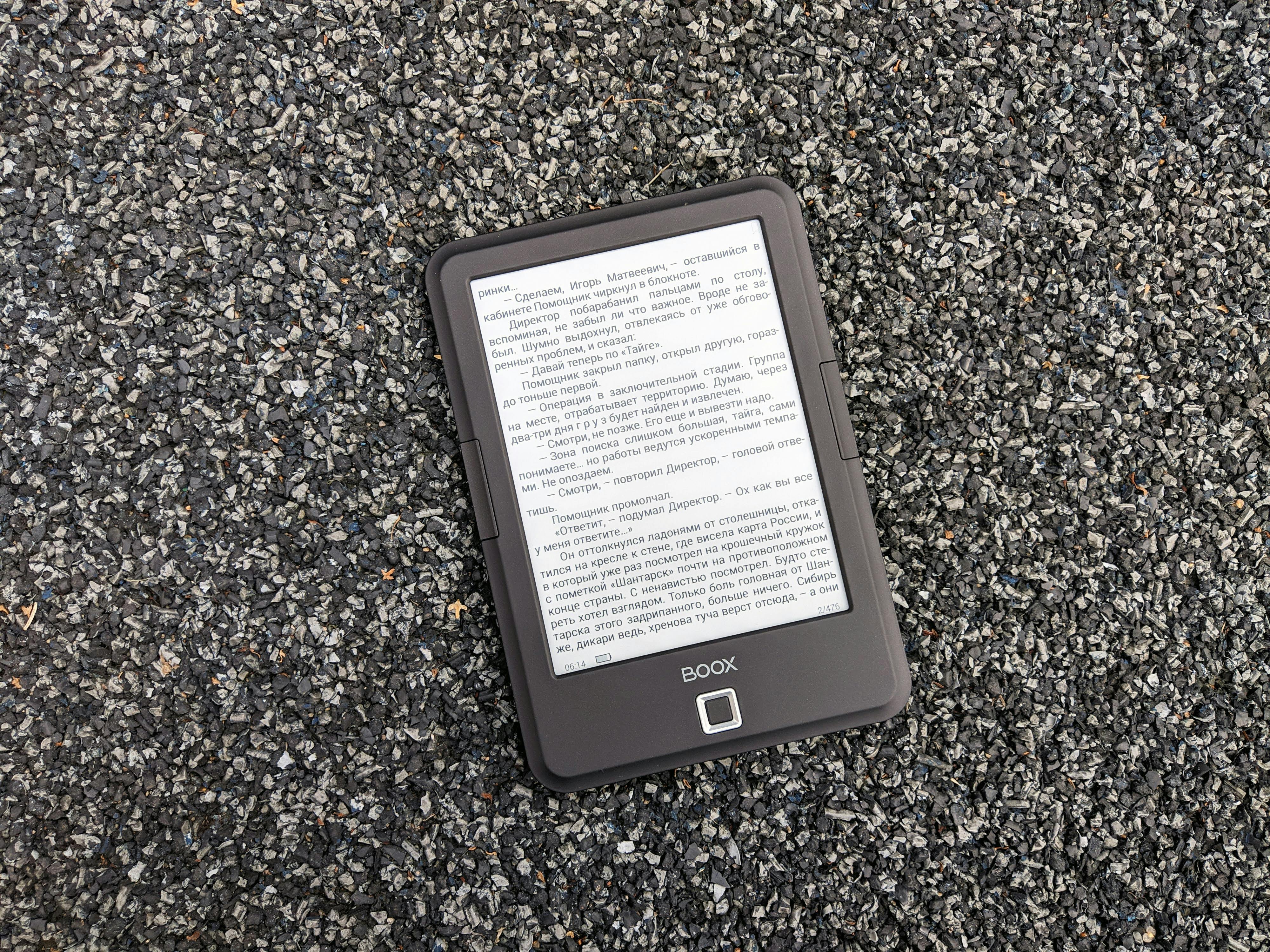"Rise of the E-ink: The Future of Low Power Displays"
In a world where power consumption is a growing concern, one technology is silently making waves. Requiring only a fraction of the energy of traditional LCDs or LEDs, E-Ink technology is setting new standards in the display industry. Let's dive into the fascinating world of E-Ink, its historical context, current developments, and potential future impacts.

Historical Context of E-Ink
E-Ink, short for electronic ink, is not a new technology. In fact, it was first developed in the 1970s by Xerox’s Palo Alto Research Center. The concept is simple: a display that replicates the appearance of ink on paper. However, it wasn’t until the late 1990s when E-Ink Corporation was founded that the technology began to gain traction.
The Science Behind E-Ink
E-Ink works on the principle of electrophoresis, a process that moves charged particles in a fluid when subjected to an electric field. An E-Ink display consists of millions of tiny microcapsules filled with positively charged white particles and negatively charged black particles suspended in a clear fluid. When an electric field is applied, the particles move to the top or the bottom of the microcapsule, thus creating the desired image.
The E-Ink Revolution
E-Ink displays found their first mainstream application with the Amazon Kindle in 2007. The low power consumption combined with the ability to hold an image without power made it the perfect choice for e-readers. As awareness of E-Ink’s benefits grew, it started finding its way into other devices like digital signage, smart cards, and even smartphones like the Yotaphone.
E-Ink in the Current Market
Today, E-Ink is a growing force in the display industry. The latest development is the Advanced Color E-Paper (ACEP), a full-color E-Ink display that brings the same low-power benefits to color screens. This advancement could open up a whole new range of applications for E-Ink, from digital magazines to color e-readers, and beyond.
The Future of E-Ink
With an estimated price range of $30 to $300 depending on the size and complexity, E-Ink displays are becoming an increasingly cost-effective option for device manufacturers. As the technology develops, we can expect to see more applications of E-Ink, especially in the IoT sector, where low power consumption is a key requirement. The impact on the market could be significant, with some experts predicting that E-Ink could eventually replace LCDs and LEDs in certain applications.
Conclusion
E-Ink is a technology that has the potential to revolutionize the way we look at displays. With its low power requirements, wide range of applications, and growing popularity, E-Ink is poised to make a significant impact on the display industry in the coming years. From humble beginnings in the 1970s, this technology has come a long way and the future looks bright for E-Ink.





